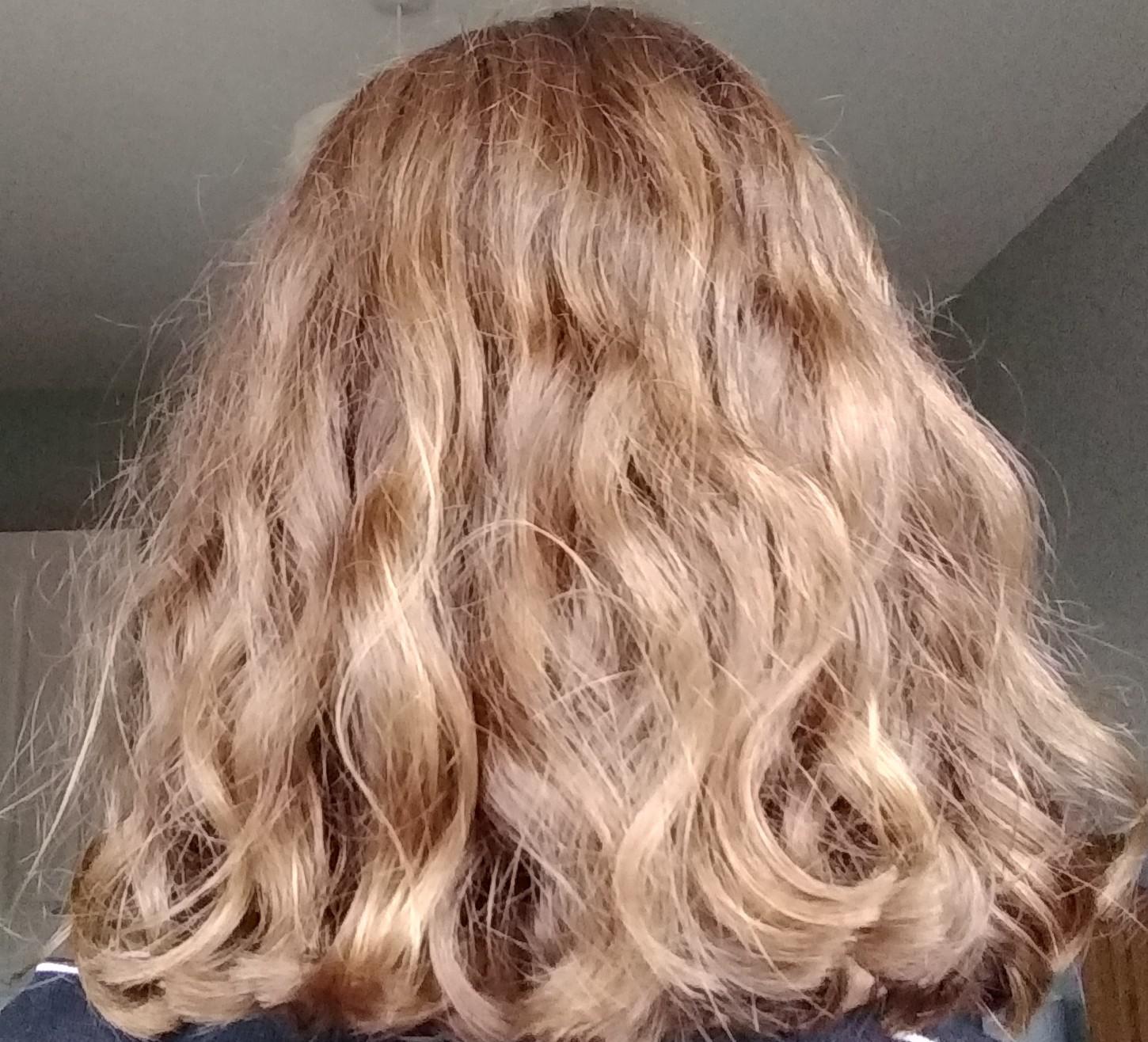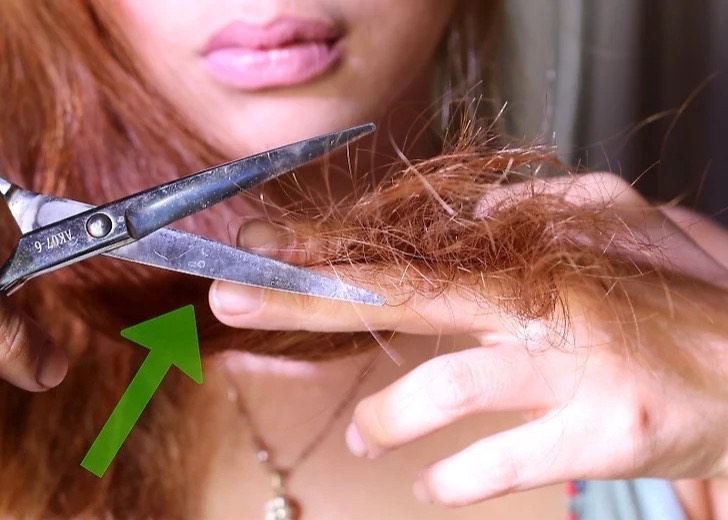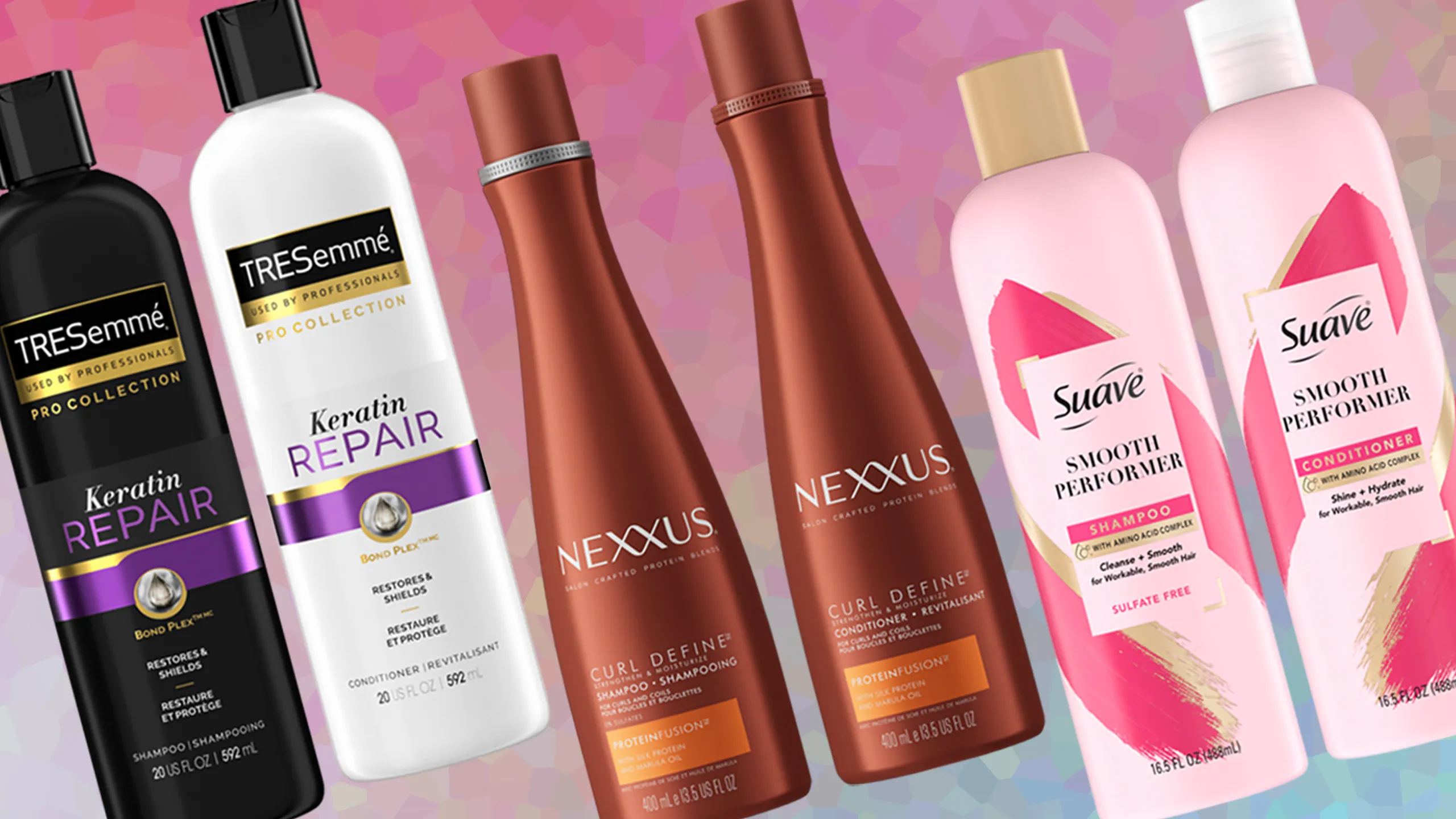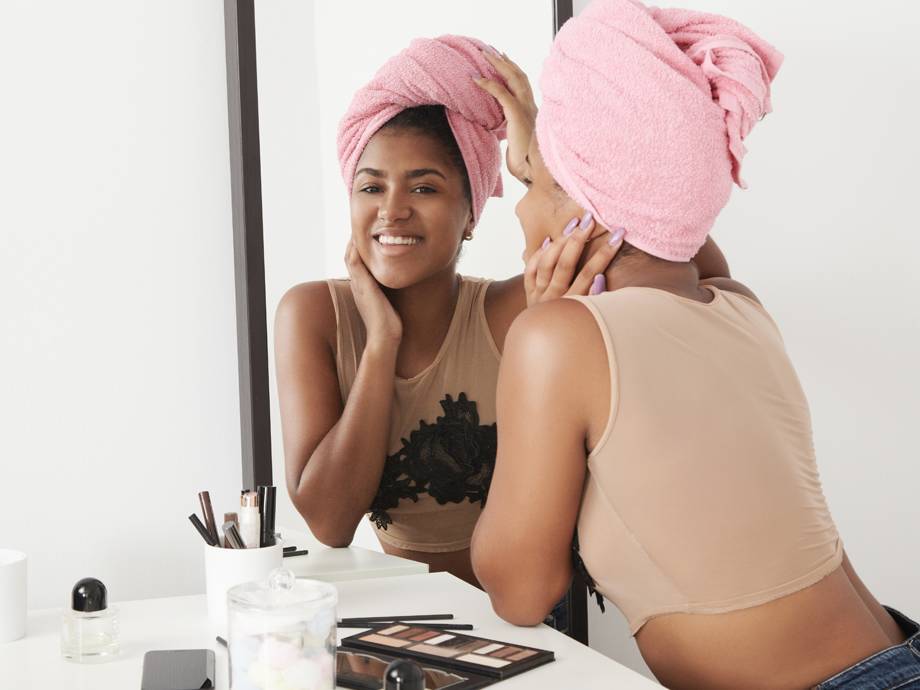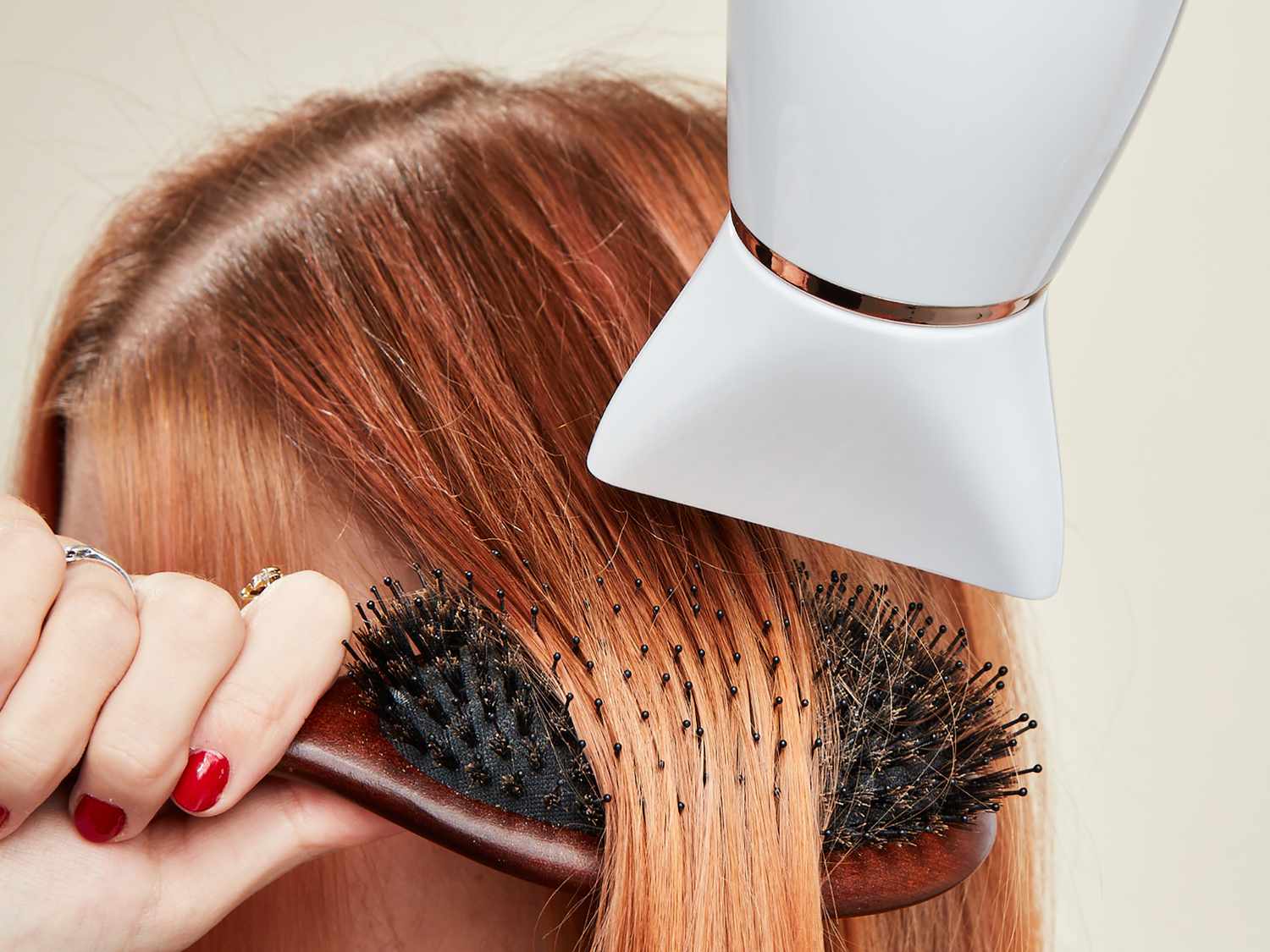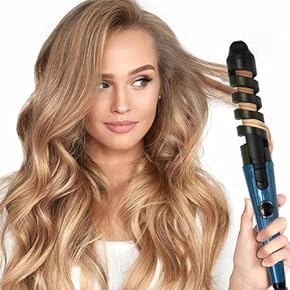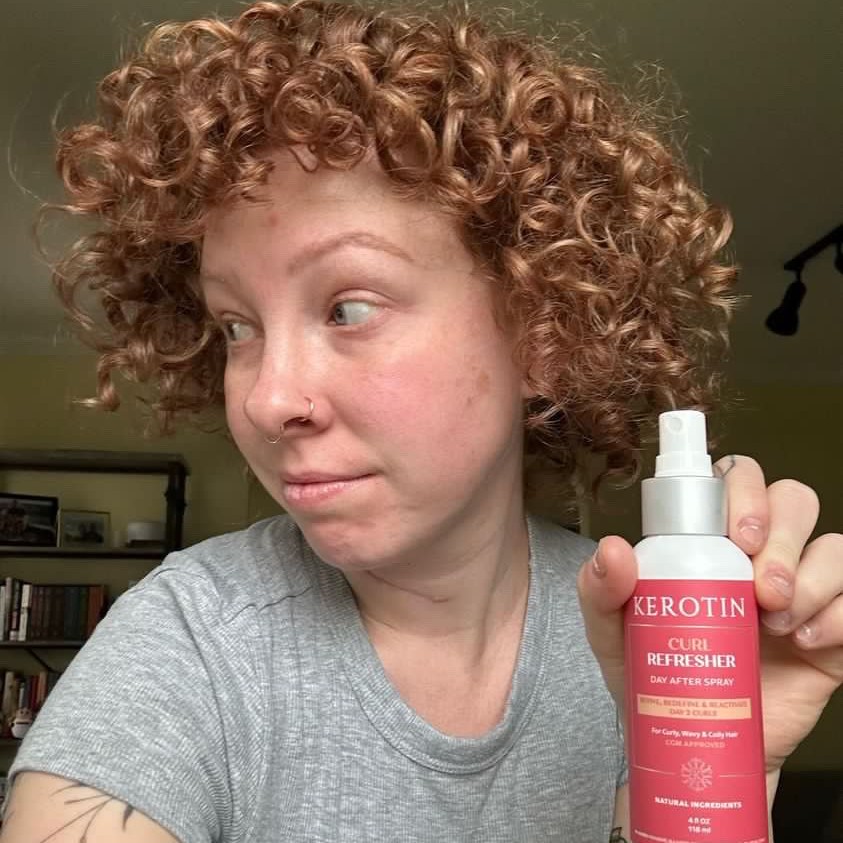In 2025, shoulder-length hairstyles are making a strong comeback, blending classic elegance with a contemporary flair. Popular across the United States, these versatile cuts are gaining traction among women, particularly those aged 25 to 55, who appreciate fashion-forward yet timeless styles. These hairstyles are designed to complement various face shapes, lifestyles, and ages, offering a sophisticated update for those ready to refresh their look. This article highlights the most fashionable shoulder-length cuts, providing inspiration for those seeking trendy yet enduring options.
THE BLONDE AMBITION

With its vibrant highlights and seamless dark-to-light transition, this contemporary twist on the classic bob is perfect for fine hair. The multi-tonal blonde creates the illusion of volume and thickness, making it an ideal choice for women in their 40s who want a playful yet professional style.
EMBRACING ELEGANCE WITH A LAYERED CASCADE

A true embodiment of grace, this hairstyle features soft, cascading layers that frame the face beautifully, adding depth and a flattering elongating effect, especially for those with round faces. The rich chocolate tones bring warmth, creating a sophisticated, easy-to-maintain look ideal for women over 50.
THE CHIC PARISIAN BOB

Inspired by the effortless elegance of Parisian style, this mid-length bob features a fringe that gently grazes the brows and a shoulder-brushing length. Ideal for women in their 50s, this style, paired with a light ash blonde hue, exudes a youthful yet refined aura.
THE BOLD AND THE BEAUTIFUL

For the woman who radiates confidence, this deep onyx bob is a striking statement piece. The angular cut accentuates the jawline, offering bold simplicity that’s especially flattering for angular faces, perfect for those who walk with purpose and poise.
RICH BRUNETTE WITH VOLUMINOUS LAYERS

A bold, textured hairstyle designed to frame the face, this layered look adds volume and depth, making it a great fit for women in their 50s with round faces. The rich brunette color offers timeless sophistication, transitioning effortlessly from day to night.
THE PLATINUM BEACH WAVES

This platinum blonde beach wave style offers a fun, summery vibe with soft, textured waves. Ideal for women in their 30s and 40s, it brings a fresh perspective to the classic long bob, adding lightness and movement to a medium-layered cut.
THE SUN-KISSED WAVE

Reminiscent of a carefree beach getaway, this hairstyle features soft, romantic waves with subtle layers for added movement. The light blonde balayage highlights infuse a sense of fun, making this style ideal for women in their 30s seeking a youthful yet trendy look.
THE SLEEK BLUNT CUT
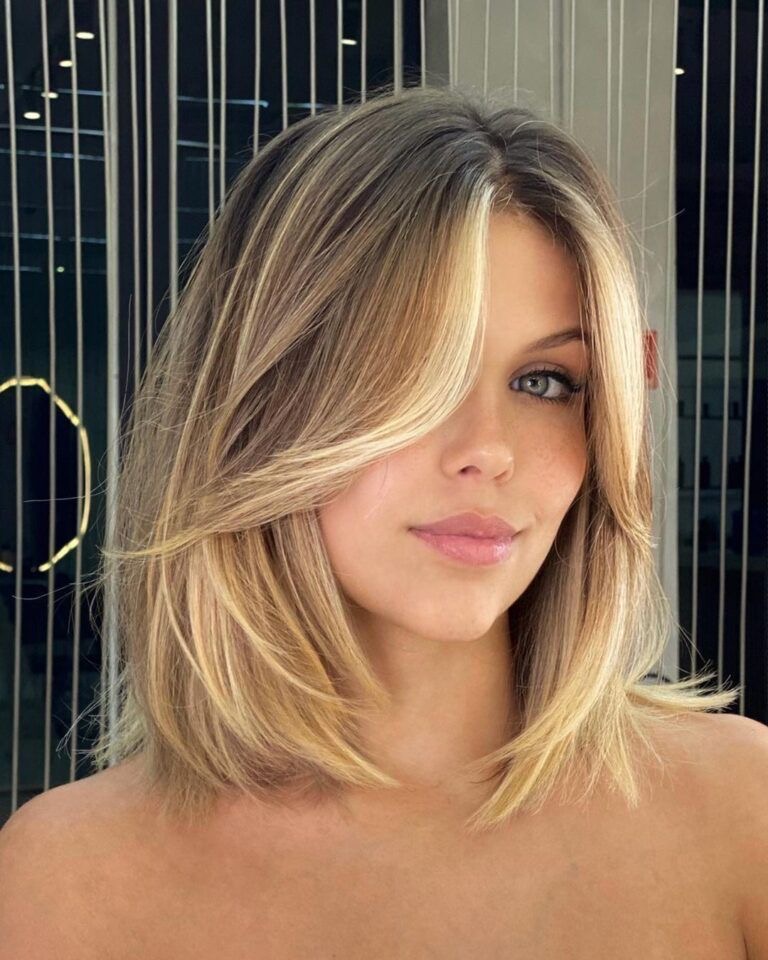
A sleek, blunt cut that exudes precision and sophistication, this long bob is a favorite among women in their 50s. Subtle highlights add dimension, creating a polished yet low-maintenance style that works well for fine hair and busy lifestyles.
THE MODERN ICE QUEEN

This icy blonde bob offers a fresh, bold twist on the classic medium-layered cut. Perfect for women in their 50s, it’s a sharp, striking style that flatters round faces with its clean lines and cool tones.
THE MODERN FEATHERED LOOK

A fresh take on the feathered hairstyle, this cut features soft layers that frame the face gracefully. The light brunette hue with subtle highlights enhances the texture, offering a youthful, inviting appearance that’s perfect for women in their 50s.
THE CLASSIC FRINGE
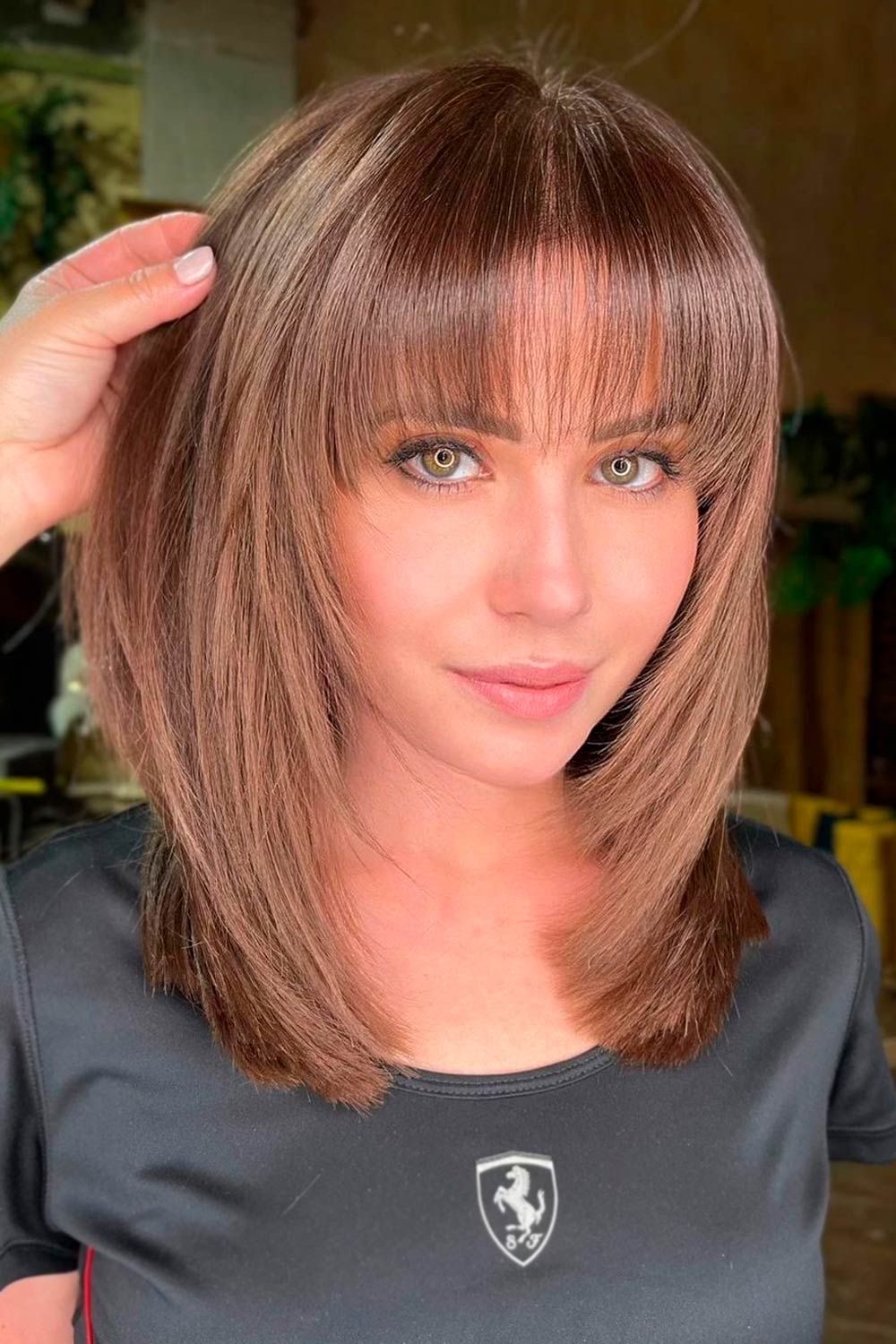
A timeless mid-length bob with bangs, this hairstyle is versatile and works for women of all ages. The warm brown tones provide a natural, flattering look, while the fringe adds structure and softness, especially for round faces.
THE TEXTURED BEDHEAD BOB

Effortlessly chic and tousled, this bob reflects the carefree modern woman. The light ash blonde and darker roots add depth, while the messy texture gives it a cool, laid-back edge. Ideal for women in their 30s, it’s both trendy and functional for busy lifestyles.
THE DYNAMIC BLONDE WAVES

These lively blonde waves bring a youthful, dynamic energy to the classic bob. The layers create volume, making it a great choice for fine hair, while the fringe beautifully frames the face—ideal for women with round faces looking for a beachy, free-spirited vibe.
THE SOPHISTICATED S-WAVES

Exuding sophistication, these elegant S-waves are complemented by a rich chocolate brown hue that enhances the complexion. A perfect option for women in their 40s and 50s, the soft waves add romance and grace to a medium-layered cut.
THE LIVED-IN ROCKSTAR

For the edgy at heart, this lived-in look blends rockstar flair with bohemian charm. The dark tones and messy texture create a striking contrast to more polished styles, making it a bold choice for women in their 40s looking for confidence and a statement look.
THE EFFORTLESS SHAG

Channeling 70s rock-and-roll, this shag haircut embraces tousled layers and a fringe for a laid-back, cool vibe. Perfect for women approaching 40, this edgy look pairs a rich dark hue with carefree texture, adding dimension and attitude to round faces.
THE CHIC ASYMMETRICAL LOB

A chic, edgy asymmetrical lob is perfect for women who want a modern twist on the classic lob. The slightly longer side adds intrigue, while the rich, multi-dimensional color elevates the medium-layered look, making it a standout choice for those seeking a bold yet stylish 2024 bob.
THE HIGHLIGHTED SWING BOB
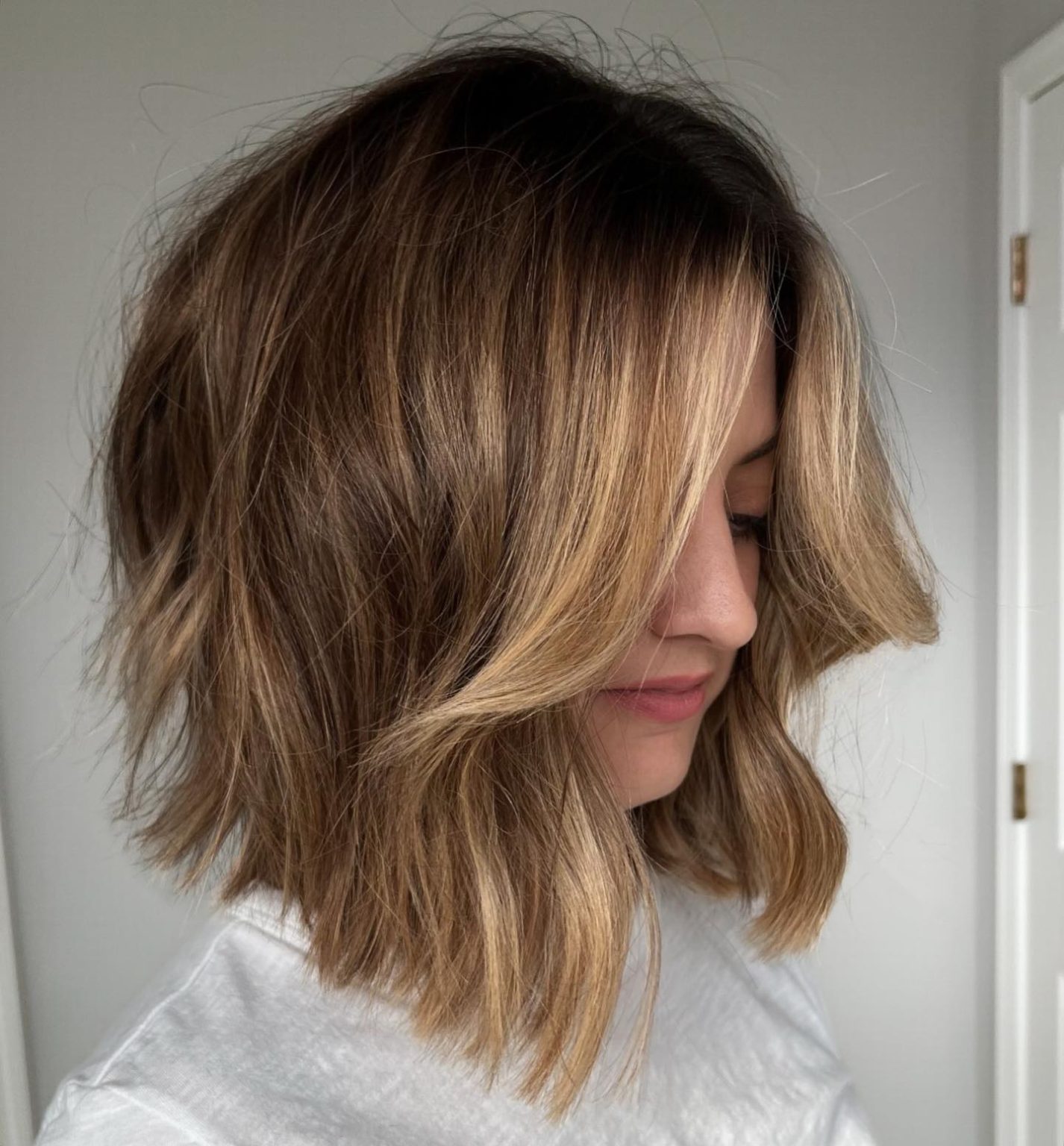
This dynamic mid-length “swing bob” moves with you, offering a fun, bouncy shape. Warm highlights accentuate the movement, making this an ideal hairstyle for women seeking dimension and energy. It’s a stylish take on the medium-layered bob, perfect for 2024.
THE EFFORTLESS LAYERED CUT

Subtle, natural-looking layers define this effortless cut, perfect for women over 40 with round faces. The rich, dark color maintains depth and adds versatility, making it easy to dress up or down for any occasion.
THE SOFT VOLUMINOUS WAVES
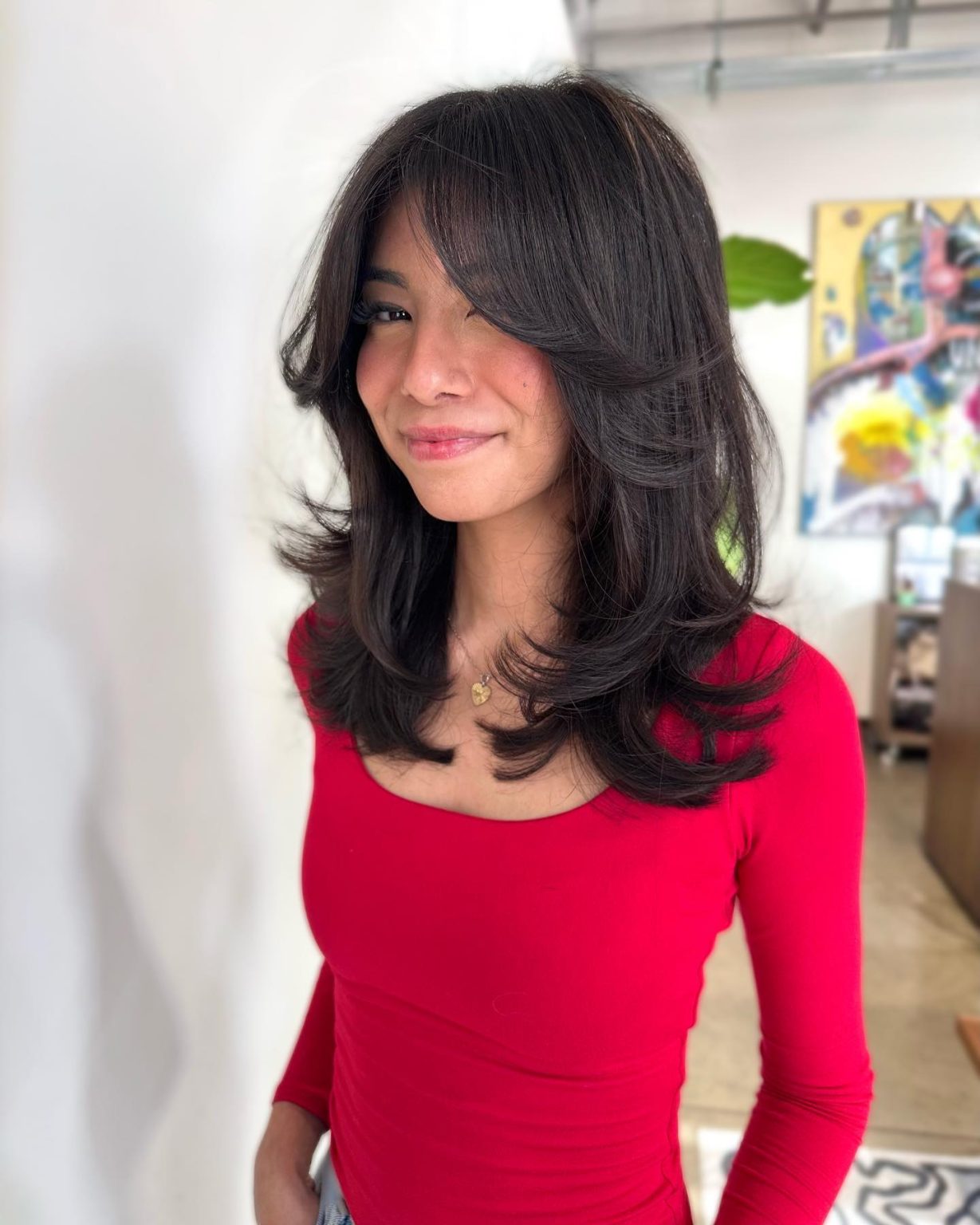
Inspired by the 60s, these soft, voluminous waves create a classic, full-bodied look. The warm brunette tones add a touch of sophistication, while the layers provide volume, making this a great style for women over 50 with fine hair.


